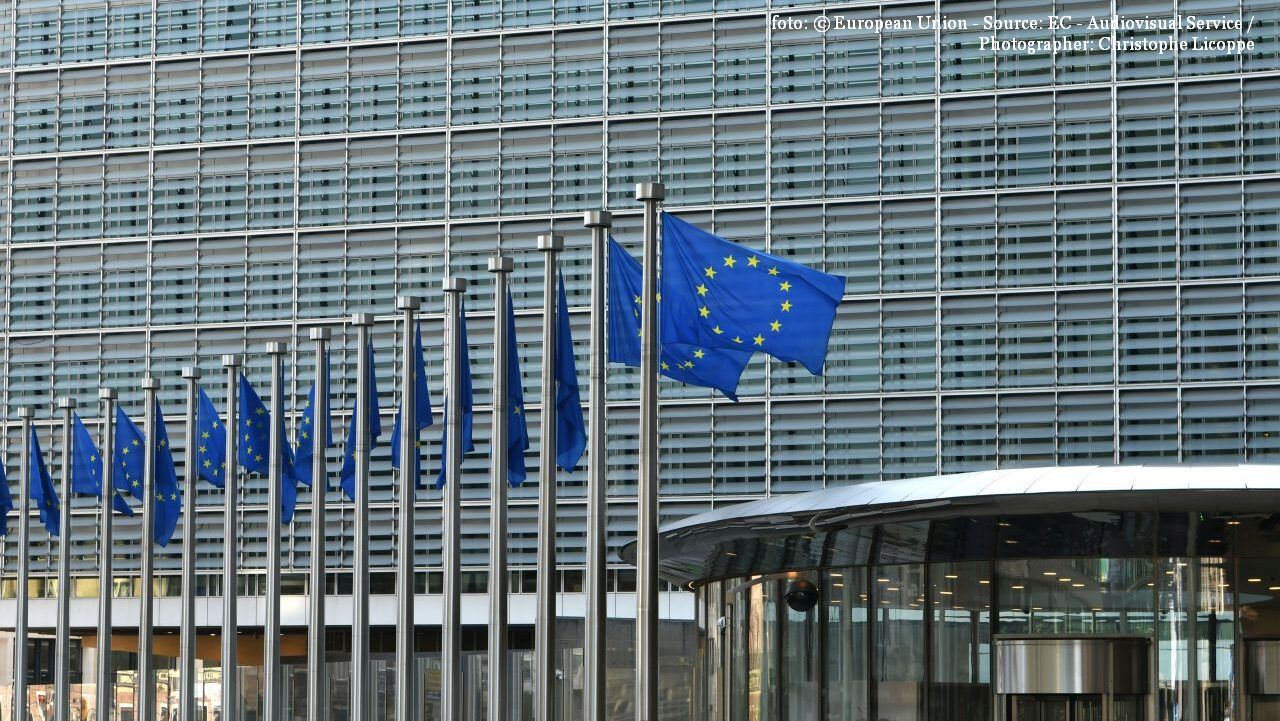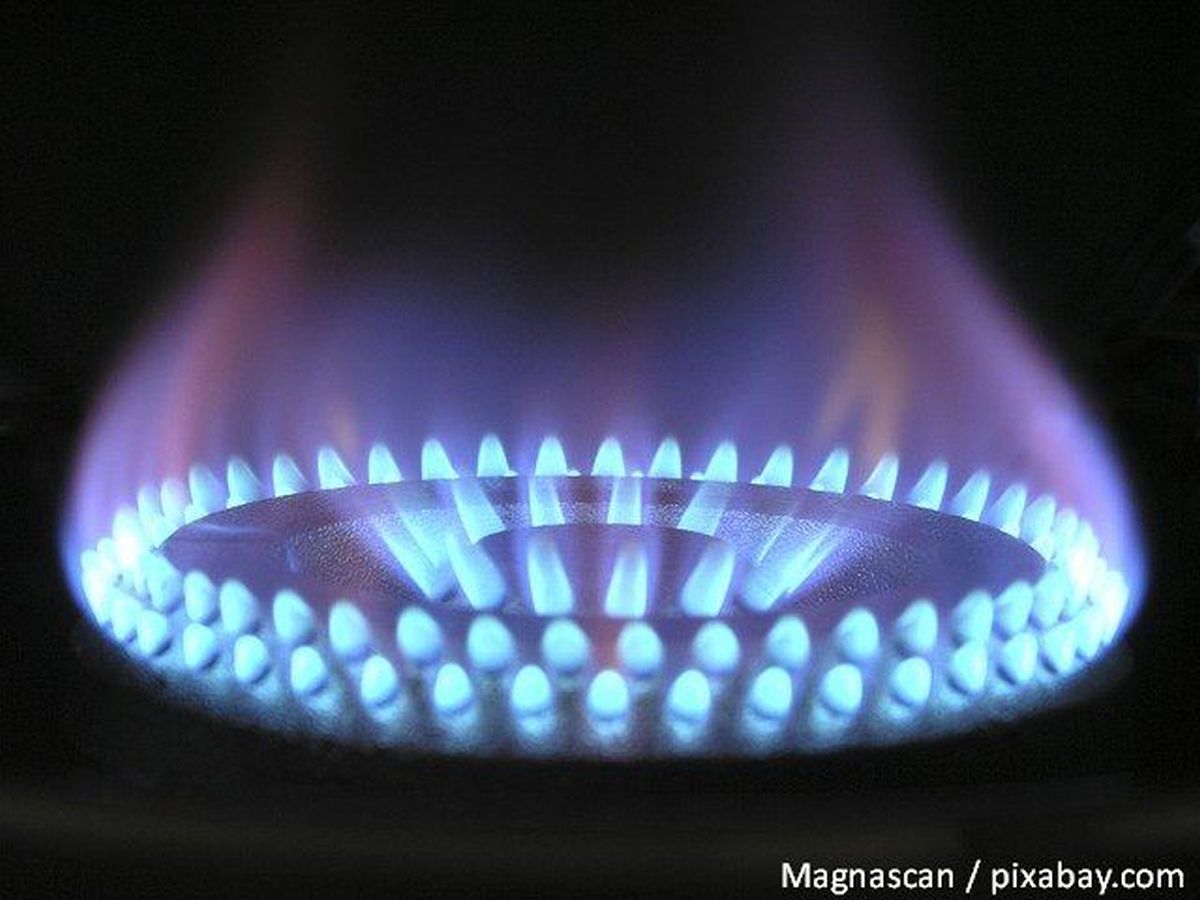Autumn economic data
Difficult times ahead for Romanians, judging by latest macroeconomic indicators.

Bogdan Matei, 13.10.2021, 13:50
The inflation rate continued to grow in
Romania in September as well, when it passed 6%, 1% higher than in the previous
month. Official data indicate that this growth occurred amid rising prices for food
and non-food products and services. The highest price hikes were recorded last
month for potatoes, which are almost 19% more expensive, other vegetables and canned
vegetables, citrus fruit and other exotic fruit and the category called other
services. However, the biggest price hikes since the beginning of the year
were in electricity costs, which rose by 23%, and natural gas, by 20%, costs
that exploded across the European market.
National Bank experts recently said they
were expecting the rising costs of electricity and natural gas to continue to
push the annual inflation to significantly higher figures than those forecast
earlier. In an attempt to keep the inflation rate in check, the National Bank
of Romania increased the reference interest rate to 1.5% per year, after almost
one year of stagnation. The central bank now expects the inflation rate to
reach 5.6% by the end of the year. More bad news comes from the National
Institute for Statistics, which says that in the first eight months of the
year, Romania’s trade deficit rose by over 3 billion euros compared with the
same period in 2020.
Also, the International Monetary Fund
warned that the post-pandemic economic recovery remains hesitant, with developing
economies suffering the most. According to the Fund, growth was affected by low
vaccination rates and the rising cost of food and goods. Bigger than expected delays
in the supply of distribution networks are leading to rising inflation rates
and the lower growth rates forecast for this year globally. The International Monetary
Fund has improved, however, its estimates with respect to the performance of
the Romanian economy, expecting it to grow by 7% this year, from 6% in its
previous spring forecast.
According to its latest World Economic Outlook
published on Tuesday, the Fund also expects Ireland (13%), Estonia (8.5%) and
Hungary (7.6%) to see higher economic growth rates than Romania this year. With
respect to 2022, however, the Fund has maintained its forecast concerning the
growth of Romanian economy at 4.8%. Beyond 2022, the growth rate of the
Romanian economy is expected to slow down, to only 3.5% in 2026. The World Bank
also recently improved its outlook with respect to Romanian economy, forecasting
a GDP growth of 7.3% this year and 4.8% next year. (CM)






























